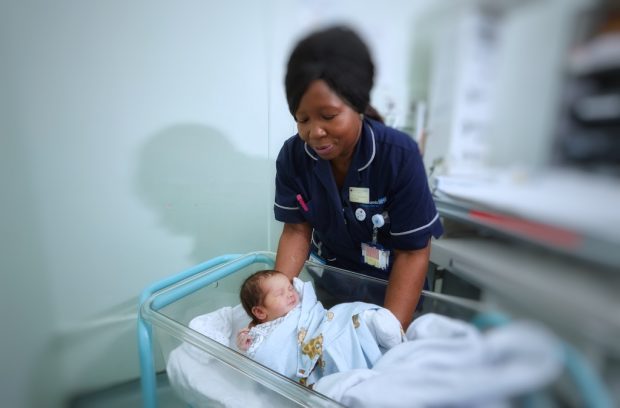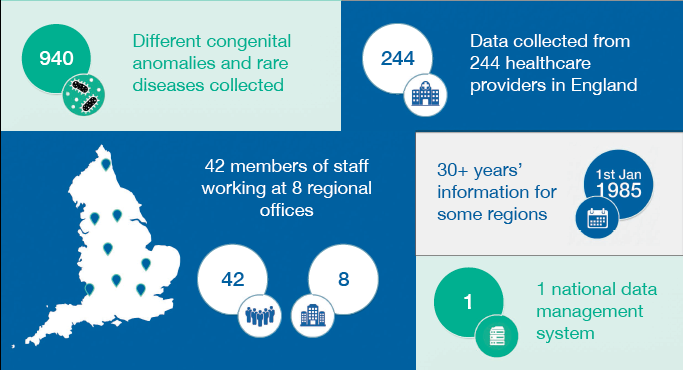
On 3 March 2019, over 150 organisations worldwide marked the fifth annual World Birth Defects Day.
The goals for the day, which we share, are to raise awareness across the globe about congenital conditions, look for opportunities to prevent conditions developing, and support antenatal testing where this is a result of an informed choice.
Every year, 3 to 6% of babies worldwide are born with a serious condition of this sort, also known as a congenital anomaly. Some of these can be detected by antenatal screening. This represents millions of babies and families with life-altering conditions like spina bifida and congenital heart defects.
Improving surveillance, prevention, treatment and research worldwide
Many conditions can be prevented by taking appropriate measures before and during pregnancy — taking folic acid supplements, avoiding cigarettes and alcohol, preventing infections, maintaining a healthy diet and attending antenatal appointments.
However, there are still many questions about the causes of the conditions. We need more research to find the unknown causes and ways to better prevent and treat them. To support and inform this work, it is crucial to have high quality data. That is why national surveillance systems are so important.
The National Congenital Anomaly and Rare Disease Registration Service
In England the National Congenital Anomaly and Rare Disease Registration Service (NCARDRS) was established by PHE in April 2015. At that time congenital anomaly registration only covered half of all births in England. We now have national coverage.

Last year we produced our second annual report. This covers babies delivered between 1 January and 31 December 2016. In 2016, there were a total of 6,752 cases with one or more congenital anomalies notified to the 7 NCARDRS reporting regions covering 329,301 total births (live births and stillbirths). This gives an overall birth prevalence for these regions of 205.0 per 10,000 total births – or 1 in 49.

The report provides data on prevalence, outcomes, timing of diagnosis, key public health indicators, and the detection rates of conditions screened for through the NHS Fetal Anomaly Screening Programme.
This second annual report has demonstrated improvements towards achieving national coverage to enable comprehensive information about the prevalence of congenital anomalies. Data on prevalence and detection rates was also reported back to all 136 maternity units in the country to support the provision of high quality screening programmes. Data collection in the newly established NCARDRS regions started from 1 April 2017. This means, for the first time, that national reporting of congenital anomalies will be possible from later this year.
International collaborations
NCARDRS is part of 2 international surveillance and research collaborations, EUROCAT and the International Clearing House for Birth Defects (ICBDSR). We facilitated continuous data reporting to EUROCAT during the transition from regional to national reporting and shared data for the first time in 2018 with the ICBDSR. Involvement in these important collaborations enable us to pool data across a wider geographical area, make comparisons and share expertise.
Through local, national and international efforts, together we can make strides to improve knowledge and with that, improve prevention, care and treatment of congenital anomalies.
Some minor changes were made to this blog after publication for consistency of language with screening information.
PHE Screening blogs
PHE Screening blogs provide up to date news from all NHS screening programmes. You can register to receive updates direct to your inbox, so there’s no need to keep checking for new blogs. If you have any questions about this blog article, or about population screening in England, please contact the PHE screening helpdesk.